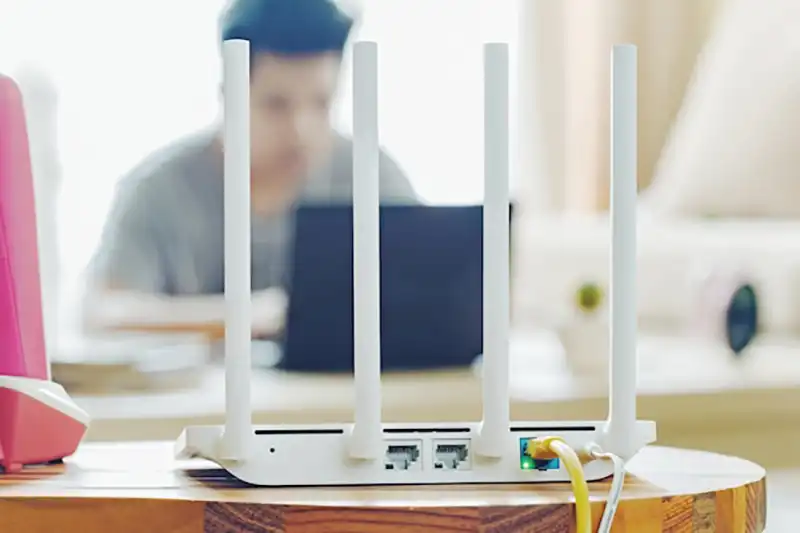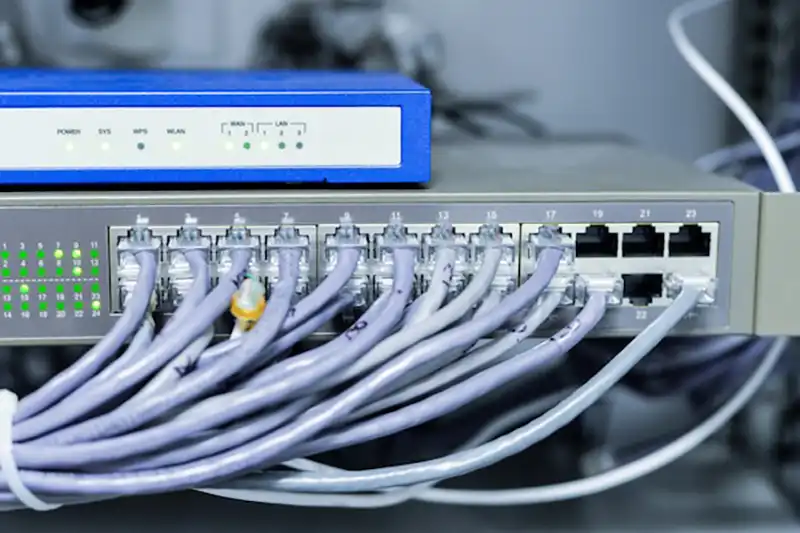oWhen it comes to networking, MikroTik is a well-known name that offers powerful routers, switches, and wireless solutions. But to truly understand the difference between RouterOS and MikroTik devices, it’s essential to break down what each term refers to and how they work together to power your network. While MikroTik devices are the hardware that performs the networking functions, RouterOS is the software that runs on those devices, giving them life and flexibility.
In this article, we will dive deep into the difference between RouterOS and MikroTik devices, covering everything from functionality to performance and usability.
What is RouterOS?
RouterOS is the operating system developed by MikroTik, designed to manage and control MikroTik routers. It’s a Linux-based system, packed with a wide range of advanced features that allow for in-depth control of network configurations. RouterOS enables users to manage routing, firewall, bandwidth control, VPN, and many other network-related tasks with remarkable precision.
It’s essential to understand that RouterOS is not tied to a specific piece of hardware—rather, it’s the software that makes MikroTik routers so powerful. The ability to run RouterOS on a range of MikroTik devices allows for great flexibility and adaptability in managing networks of all sizes. This distinction is one of the key differences between RouterOS and MikroTik devices.
What are MikroTik Devices?
MikroTik devices, on the other hand, are the hardware that actually runs RouterOS. These devices include a wide variety of routers, switches, wireless access points, and other network appliances. MikroTik devices are known for their affordability and reliability, making them a popular choice for both home users and businesses.
MikroTik’s devices vary in terms of performance, design, and functionality. Whether you’re setting up a small home network or managing a large enterprise, MikroTik offers devices that can meet your needs. However, the devices themselves are powered by RouterOS, so the level of functionality and customization largely depends on the version of RouterOS installed and the hardware capabilities of the device. This again highlights a key aspect of the difference between RouterOS and MikroTik devices.
Software vs. Hardware: Core Differences
The difference between RouterOS and MikroTik devices can be boiled down to the simple fact that RouterOS is the software and MikroTik devices are the hardware. MikroTik devices come pre-installed with RouterOS, which is what allows them to perform network management tasks.
RouterOS can run on various MikroTik devices, and the power of the router is ultimately determined by the specifications of the hardware it’s running on. For example, a high-end MikroTik router like the MikroTik CCR Series will be able to handle much more intensive tasks, such as heavy traffic routing, compared to a basic device like the MikroTik hAP AC. So, while the device offers the physical capacity, RouterOS adds the features and functions.
Additionally, RouterOS is also available as a standalone installation, which means that in certain scenarios, you can install it on x86 hardware, allowing users to customize the hardware and software setup. This is another example of the difference between RouterOS and MikroTik devices, where the flexibility of RouterOS allows for more customization compared to just using the pre-configured MikroTik hardware.
Flexibility and Customization
One of the standout features of RouterOS is its high level of flexibility and customization. RouterOS allows users to configure just about every aspect of their MikroTik device. From advanced routing protocols and firewall rules to VPN setups and bandwidth management, RouterOS gives network administrators full control.
While MikroTik devices can vary in features depending on the model, RouterOS is what unlocks their true potential. The software’s flexibility allows for in-depth customization of network configurations, which is one of the reasons why MikroTik is so popular among professionals. This is a significant difference between RouterOS and MikroTik devices, as the devices themselves would be much less capable without the software.
Additionally, MikroTik’s RouterOS allows for additional features such as link aggregation, which enhances the performance and reliability of the network by combining multiple connections. This level of fine-grained control is one of the major advantages of RouterOS, particularly for those who need complex network setups.

Usability: User Experience
In terms of usability, RouterOS can be a bit intimidating for beginners. It is highly feature-rich and has a steep learning curve, especially if you are unfamiliar with network management. For those familiar with Linux or networking, the power and flexibility of RouterOS are a massive advantage. However, it requires a certain level of expertise to fully utilize its capabilities.
On the other hand, MikroTik devices are designed to be accessible to a range of users, from home users to enterprise-level professionals. While the hardware is user-friendly in terms of setup, the real complexity comes from the RouterOSsoftware itself. MikroTik provides a graphical user interface (GUI) for ease of use, but even with this, users still need to familiarize themselves with the features and configuration options.
This contrast in usability between the hardware and software is a crucial part of understanding the difference between RouterOS and MikroTik devices. While the devices are designed to be accessible, the full potential of these devices is unlocked by the configuration and setup of RouterOS.
Frequently Asked Questions (FAQs)
Q1: What is the role of RouterOS in MikroTik devices?
RouterOS is the software that powers MikroTik devices. It provides the necessary features, such as routing, firewall management, and VPN support, allowing MikroTik devices to perform complex network tasks.
Q2: Can RouterOS be installed on hardware other than MikroTik devices?
Yes, RouterOS can be installed on x86-based hardware, allowing users to customize their setups and build their own routers. This makes RouterOS a versatile option for various hardware configurations.
Q3: How does RouterOS compare to other router operating systems?
RouterOS is highly customizable and offers a wide range of advanced features. Compared to other router operating systems, it’s more flexible and allows for a deeper level of network configuration, though it has a steeper learning curve.
Q4: Are all MikroTik devices the same?
No, MikroTik offers a wide range of devices with varying capabilities. The devices differ in terms of hardware specifications, which affects the performance and features available. However, all MikroTik devices run RouterOS for network management.
Q5: Is it difficult to use RouterOS?
RouterOS can be challenging for beginners due to its wide range of features and configuration options. However, it is highly valued by advanced users for its power and flexibility. MikroTik provides documentation and a graphical interface to help users navigate the system.
Q6: Do I need to use MikroTik devices to use RouterOS?
No, RouterOS can be installed on x86-based hardware, meaning it can be used on computers or custom-built systems. However, MikroTik devices come pre-configured with RouterOS, making them easier to deploy.
Q7: What’s the best use case for MikroTik devices?
MikroTik devices are great for both home networks and business environments. They are especially suitable for users who require customizable network setups and advanced features, thanks to the flexibility of RouterOS.
Q8: Are MikroTik devices reliable?
Yes, MikroTik devices are generally very reliable and perform well in both small and large networks. The quality and durability of the hardware, combined with the power of RouterOS, make them a great choice for various networking needs.
In conclusion, the difference between RouterOS and MikroTik devices lies in the fact that RouterOS is the operating system that empowers MikroTik devices, giving them the functionality and flexibility that make them so popular. Whether you’re using a MikroTik router for home or enterprise use, understanding how RouterOS and MikroTik devices work together is key to making the most of your networking setup. For more details on MikroTik products, visit wizlandtoday!



